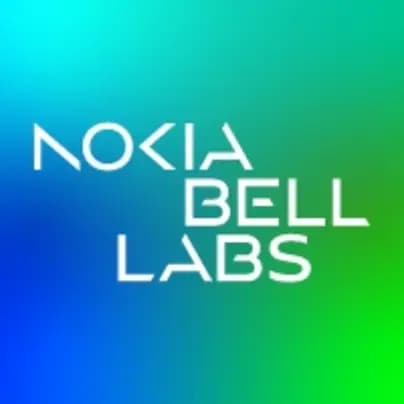Together, Nokia Bell Labs and University of Helsinki make MegaSense

A recent study by the Global Burden of Disease (GBD) project estimated that 5.5 million people worldwide die prematurely each year as a result of air pollution. For years, newscasts in large cities that are prone to pollution have provided citizens with general warnings when the air quality is going to be low. But, imagine how useful it would be to have that information available by neighborhood in real time for citizens to be able to make on-the-go choices about their activities.
As part of their latest collaboration within the Nokia Center for Advanced Research, Nokia Bell Labs and the University of Helsinki are working on technologies to enable highly precise, intelligent, real-time air quality and environmental sensing over a 5G network. The project, called MegaSense, aims to create the networking and sensing technologies needed to provide comprehensive environmental information to users’ devices, cars, homes and offices. The project builds on top academic excellence in atmospheric sciences, computer science, and geo-informatics.
MegaSense involves a highly dense network of low-cost air quality measurement stations that would blanket an urban area, detecting harmful pollutants in near real-time. The readings of these stations would then be supplemented by one of the University of Helsinki’s high-quality Station for Measuring Earth Surface-Atmosphere Relations (SMEAR) tower’s measurements, leveraging the distributed computing powers of a 5G network to gather and process all the data. To prevent any errant readings, the SMEAR tower data would be applied to an atmospheric model -- taking into account many such variables as the direction of wind and the location of the low-end sensor -- to calibrate for the usually drifting sensors and provide feedback to individual sensors. The calibrated air quality data and analysis results would also be provided to different applications in near real-time.\
To optimize the information gathering between thousands of measurement stations, the University of Helsinki’s department of Computer Science and Nokia Bell Labs co-developed concepts for an Intelligent Information Mediation Layer (IIML). The IIML dictates the most efficient way to aggregate the data at the edge.
Working together, the two organizations have also developed methods and algorithms for scheduling tasks in a distributed cloud environment consisting of the edge computing nodes highly varying capabilities and standard IT servicers. These algorithms are scheduling sensing, data collection and data analysis task in an optimal way by considering different resources ranging from low cost mobile devices to distributed multi-access edge computing and centralized data centers.
An initial pilot will be conducted at the University of Helsinki’s Kumpula campus. Sensors will be connected to the NetLeap/NDAC network that Nokia is operating, and the local cloud environment will be used for computations and to run applications.
If successful, the network could serve as the foundation for a variety of applications including city planning, health and wellbeing, wearable and fitness devices, vehicular technology (air conditioning), mobile apps, and HD–maps. One of the potential first end-user applications is “Green Path,” which would provide the route to the destination that has the best available air quality.
Click to learn more about MegaSense.
